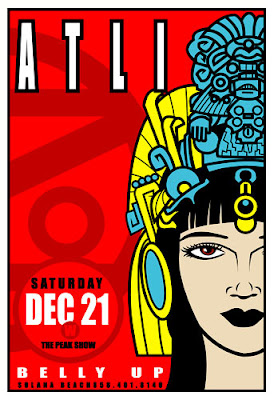Rock and roll kind of took the music industry by surprise.
Why? Who knows? Perhaps they thought that all those baby boomer kids
were going to just step into their mom and dad's shoes and start buying
Martin Denny records or Mitch Miller one day.
But eventually it became clear even to music executives
that this rock'n'roll thing was not a passing fad. One of the things
that may have brought it to their attention was the kids'
lack of attention to classical music.
So began the great struggle to catch up...
What were all those crazy kids into anyway?
Rock and roll, obviously, but also sex (duh)
and as it would turn out, drugs.
Both would have an influence on the marketing of classical music,
including the design of album covers.
Chicken feet? Who ordered the chicken feet?
a little of the old Ludwig van, my droogies?
Mozart make me so horny.
Holst - the Barbarella cheapo remix.
Ummmm...OK, sure... whatever.
Ravel de Orale.
Wagner's bad karma?
Thank-you Thing...
Opus as orgasm?
Liar...
much more of this sort of thing at...
*








































